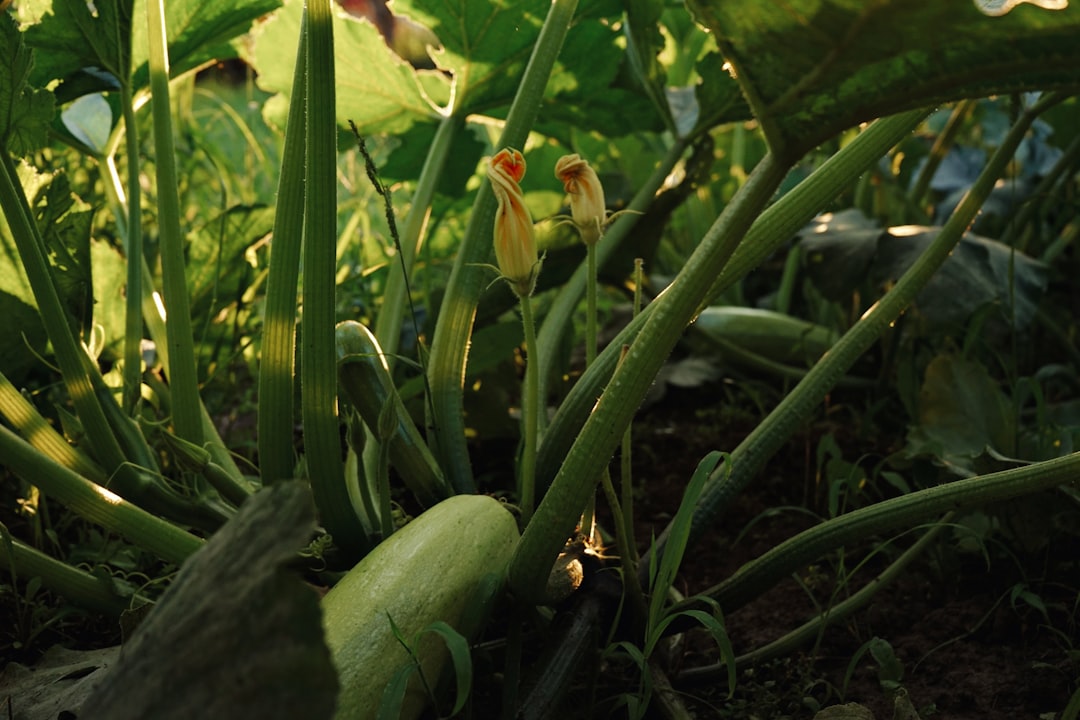Unveiling the Secrets of Poison Oak Removal in Your Yard

Maintaining a beautiful and healthy yard is a goal for many homeowners. However, one of the challenges that often arises is dealing with unwanted plants, such as poison oak. Poison oak can be a nuisance and even a health hazard, as its oil can cause an itchy and painful rash in many people. In this article, we will explore how to identify poison oak and the different methods of removing it from your yard, whether by hand - pulling or using herbicides.
First and foremost, it's crucial to be able to accurately identify poison oak. Poison oak typically has leaves that grow in clusters of three. The leaves can vary in shape, but they often have a rounded, lobed appearance, similar to an oak leaf, which is where it gets its name. In the spring and summer, the leaves are usually green, but they can turn red, orange, or yellow in the fall. The plant may also have small, greenish - yellow flowers in the spring, followed by white or tan berries in the summer and fall.
When it comes to removing poison oak, one option is hand - pulling. This method is best suited for small infestations or when you want to avoid using chemicals in your yard. Before you start hand - pulling, it's essential to protect yourself. Wear long sleeves, long pants, gloves, and closed - toe shoes to prevent the oil from coming into contact with your skin. It's also a good idea to wash your tools and clothing thoroughly after the removal process to avoid spreading the oil.
To hand - pull poison oak, start by using a shovel or trowel to loosen the soil around the base of the plant. Try to get as much of the root system as possible, as leaving roots behind can cause the plant to regrow. Once the plant is loose, grasp it firmly at the base and pull it out slowly and steadily. Place the pulled plants in a plastic bag and seal it tightly to prevent the oil from spreading. It's important to note that you should never burn poison oak, as the smoke can carry the oil particles and cause respiratory problems if inhaled.
If you have a large infestation of poison oak or if hand - pulling is not practical, using herbicides can be an effective solution. There are several types of herbicides available on the market that are specifically designed to kill poison oak. When choosing a herbicide, look for one that contains glyphosate or triclopyr, as these are commonly used and effective against poison oak.
Before applying the herbicide, read the label carefully and follow all the instructions. Wear protective clothing, including gloves, goggles, and a mask, to avoid contact with the chemical. It's best to apply the herbicide on a calm, dry day to prevent it from drifting onto other plants. Spray the herbicide directly onto the leaves of the poison oak, making sure to cover them thoroughly. The herbicide will be absorbed by the leaves and travel down to the roots, killing the plant.
After applying the herbicide, it may take several days or weeks for the poison oak to die. You may need to make multiple applications, especially if the plant is large or well - established. Once the plant has died, you can remove it from your yard. Again, be sure to wear protective clothing and handle the dead plants carefully to avoid contact with any remaining oil.
It's also important to take steps to prevent poison oak from coming back in the future. Regularly inspect your yard for any new growth and remove it as soon as possible. You can also improve the health of your yard by maintaining proper soil fertility, watering, and mowing. A healthy lawn and garden are less likely to be invaded by unwanted plants like poison oak.
In conclusion, caring for your yard involves being able to identify and remove potential threats like poison oak. Whether you choose to hand - pull or use herbicides, taking the necessary precautions and following the proper procedures will help you keep your yard safe and beautiful. By staying vigilant and taking proactive measures, you can enjoy a yard that is free from the nuisance of poison oak.